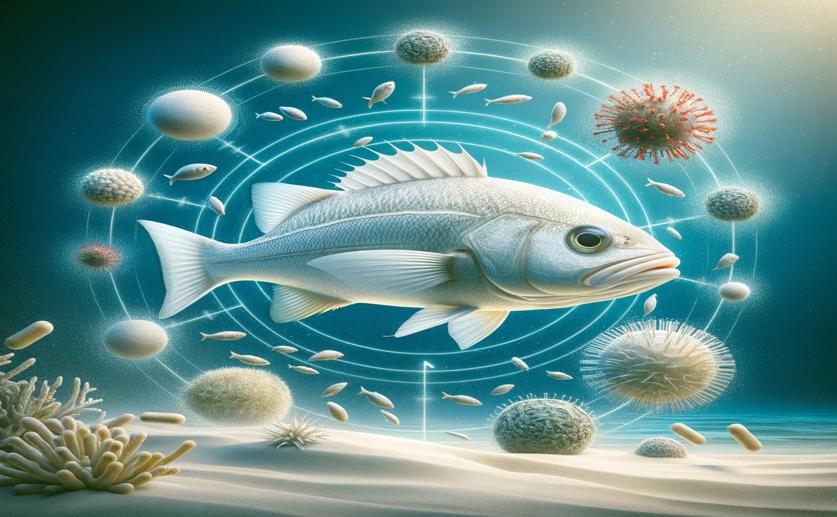
Understanding How a Key Immune Protein Works in White Croaker Fish
Greg Howard
30th May, 2024

Image Source: Natural Science News, 2024
Key Findings
- Researchers at Zhejiang Ocean University identified the NaIL-10 gene in the fish species Nibea albiflora, which plays a crucial role in the immune system
- NaIL-10 is highly expressed in immune-related tissues and increases significantly during infections, indicating its role in the immune response
- Experiments showed that NaIL-10 inhibits pro-inflammatory cytokines, confirming its anti-inflammatory properties and importance in controlling inflammation
BiochemAnimal ScienceMarine Biology
References
Main Study
1) Identification, functional characterization and immune response profiles of interleukin-10 in Nibea albiflora.
Published 27th May, 2024
https://doi.org/10.1016/j.fsi.2024.109654
Related Studies
2) IL-10 function, regulation, and in bacterial keratitis.
3) Biology of interleukin-10.
4) IL-10-producing lymphocytes in inflammatory disease.



 14th May, 2024 | Jim Crocker
14th May, 2024 | Jim Crocker